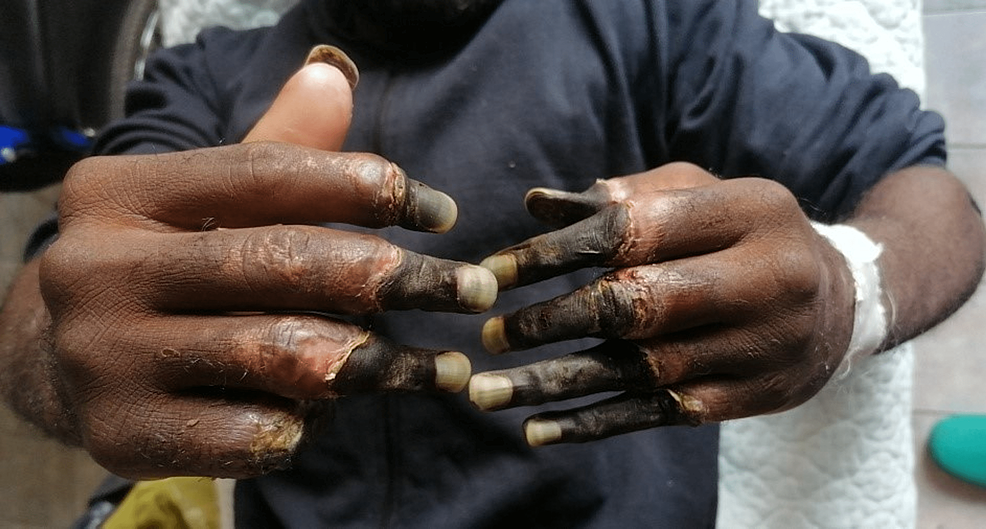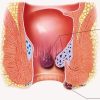- Empty cart.
- Continue Shopping
How to Protect Yourself from Frostbite

Frostbite is a serious cold-weather condition that occurs when skin and underlying tissues freeze due to prolonged exposure to cold temperatures. It’s crucial to take preventive measures to safeguard yourself from this potentially dangerous condition.
Understanding Frostbite
Recognizing the Risk Factors
Certain factors increase the risk of developing frostbite. These include:
- Extreme Temperatures: Frostbite is more likely to occur in extremely cold conditions, especially when the wind chill factor is significant.
- Inadequate Clothing: Insufficient protection against the cold, such as not wearing appropriate layers, can leave skin vulnerable to frostbite.
- Moisture: Wet clothing or footwear can accelerate the onset of frostbite, as moisture conducts heat away from the body.
- Medical Conditions: Certain medical conditions, such as diabetes or circulatory issues, can increase susceptibility to frostbite.
Stages of Frostbite
Understanding the stages of frostbite is crucial for early detection and appropriate action:
- Frostnip: The mildest form, characterized by skin redness and a tingling sensation.
- Superficial Frostbite: Involves freezing of the skin and underlying tissues, leading to numbness and a hardened, pale appearance.
- Deep Frostbite: A severe form, where deep tissues, muscles, and even bones are affected, resulting in a complete loss of sensation and potential tissue loss.
Preventive Measures
Dress in Layers
Wearing multiple layers of clothing provides insulation and helps trap warm air close to the body. Start with a moisture-wicking base layer, followed by an insulating layer, and finish with a waterproof and windproof outer layer.
Protect Extremities
Fingers, toes, ears, and nose are most susceptible to frostbite. Use insulated gloves or mittens, and wear thermal socks and waterproof boots. Additionally, consider using hand and foot warmers for added protection.
Keep Dry
Moisture accelerates heat loss from the body. Ensure that your clothing remains dry by avoiding activities that cause excessive sweating and promptly changing out of wet clothes.
Use Wind Protection
Wind can significantly increase the rate of heat loss. Wear a windproof outer layer, and use accessories like scarves and face masks to shield exposed skin from the wind.
Stay Active
Physical activity generates heat and helps maintain core body temperature. If possible, engage in light exercises like walking or stretching to promote blood circulation.
Recognizing Early Signs
Monitor Skin Sensation
Regularly check for any changes in skin sensation, such as tingling, numbness, or pain. These early signs may indicate the onset of frostnip or superficial frostbite.
Inspect Skin Color and Texture
Pay attention to the color and texture of your skin. Pale, hardened areas are indicative of frostbite and require immediate attention.
Seeking Immediate Care
Act Promptly
If you suspect frostbite, it’s crucial to seek medical attention immediately. Do not attempt to rewarm the affected area unless you are in a controlled environment with access to medical assistance.
Gradual Rewarming
In a medical setting, frostbitten areas are slowly rewarmed using warm water. Avoid using direct heat sources like heaters or hot water bottles, as they can cause burns.
Conclusion
Preventing frostbite requires proactive measures, such as proper clothing, staying dry, and monitoring for early signs of frostbite. By understanding the risk factors and stages of frostbite, you can take the necessary precautions to enjoy outdoor activities safely in cold weather. Remember, prioritizing your health and safety in extreme temperatures is paramount.








